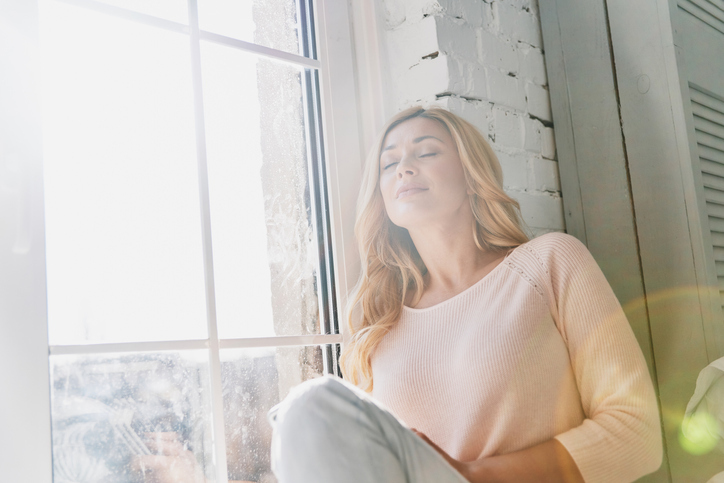Light Therapy and Seasonal Affective Disorder (SAD)

Fewer hours of daylight can leave us more vulnerable to developing what we often refer to as the winter blues.
Even though it may look brighter outside because the light is reflecting off of snow- and ice-covered surfaces, with shortened days, we may not find time to get out.
Though we’re not truly hibernating, we humans have a natural tendency in winter months to want to be more reclusive: staying inside and eating comfort foods that help us feel warm. Sometimes though, wanting to both eat potatoes and be a couch potato can be accompanied by other signs of a form of depression called Seasonal Affective Disorder (SAD).
If you’re experiencing an increased desire to sleep, having difficulty concentrating on tasks, are struggling with excessive tiredness, or merely finding that you’re feeling more irritable, moody, or experiencing feelings of hopelessness, you might want to learn more about SAD and explore light therapy as a way to help this type of depression.
Check out this list of Frequently Asked Questions, and answers about SAD published by the Faculty of Medicine at the University of British Columbia.




